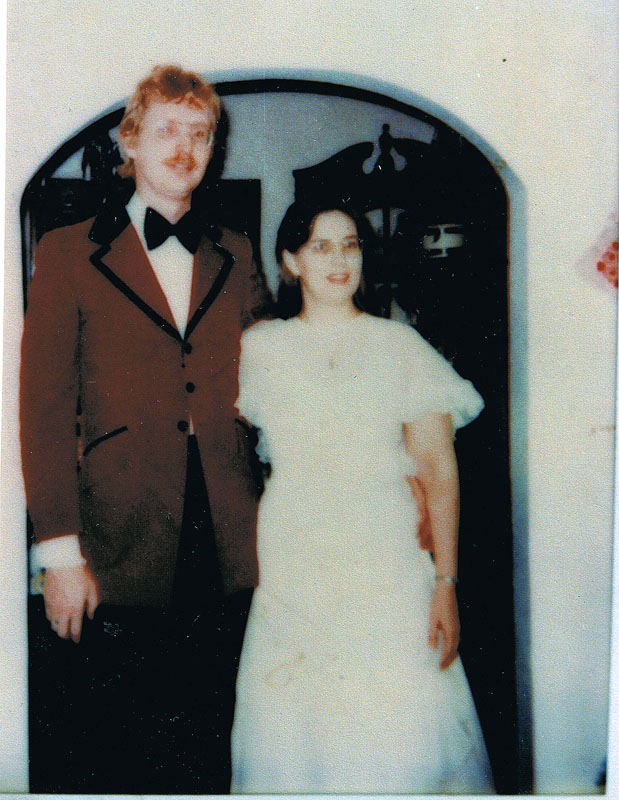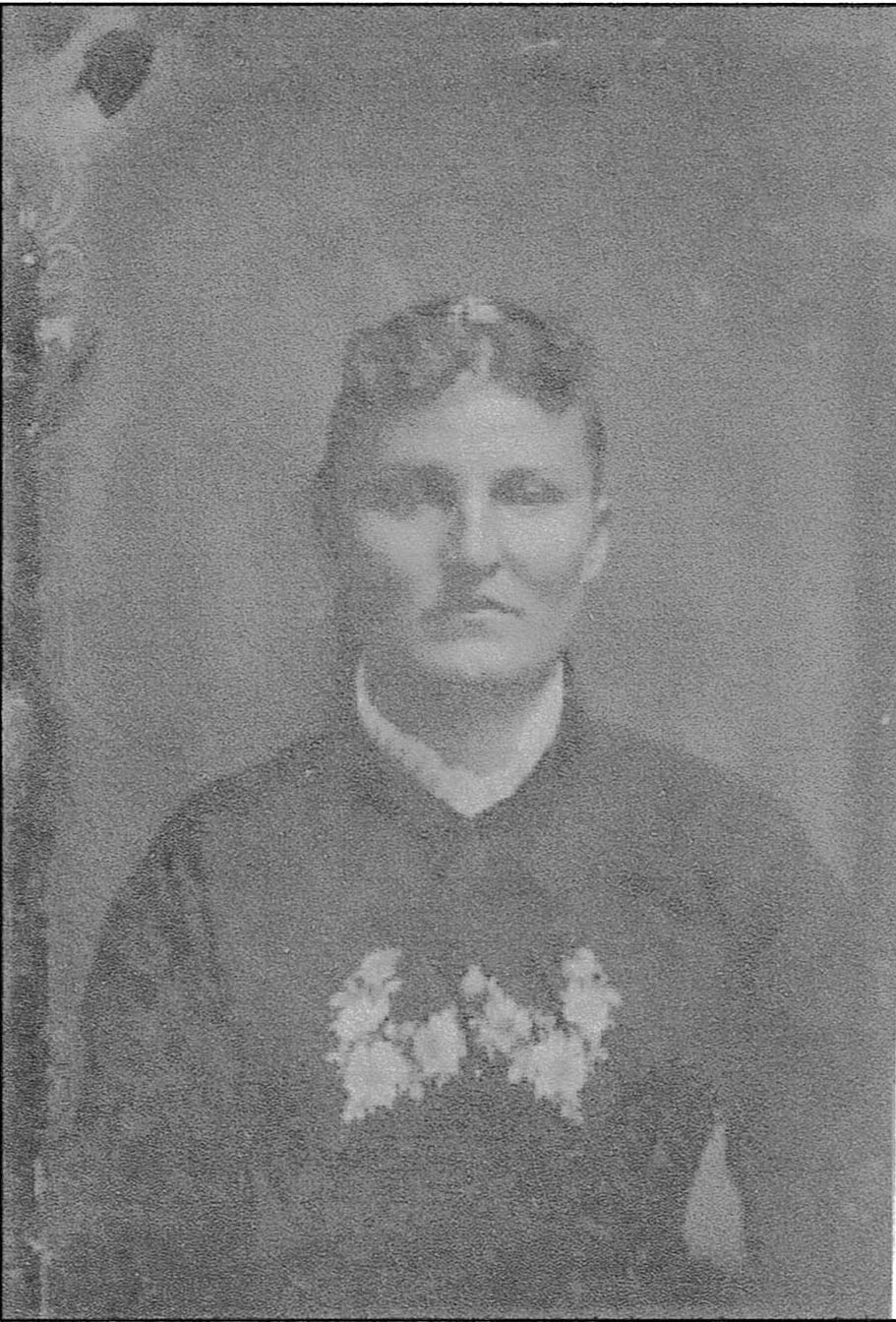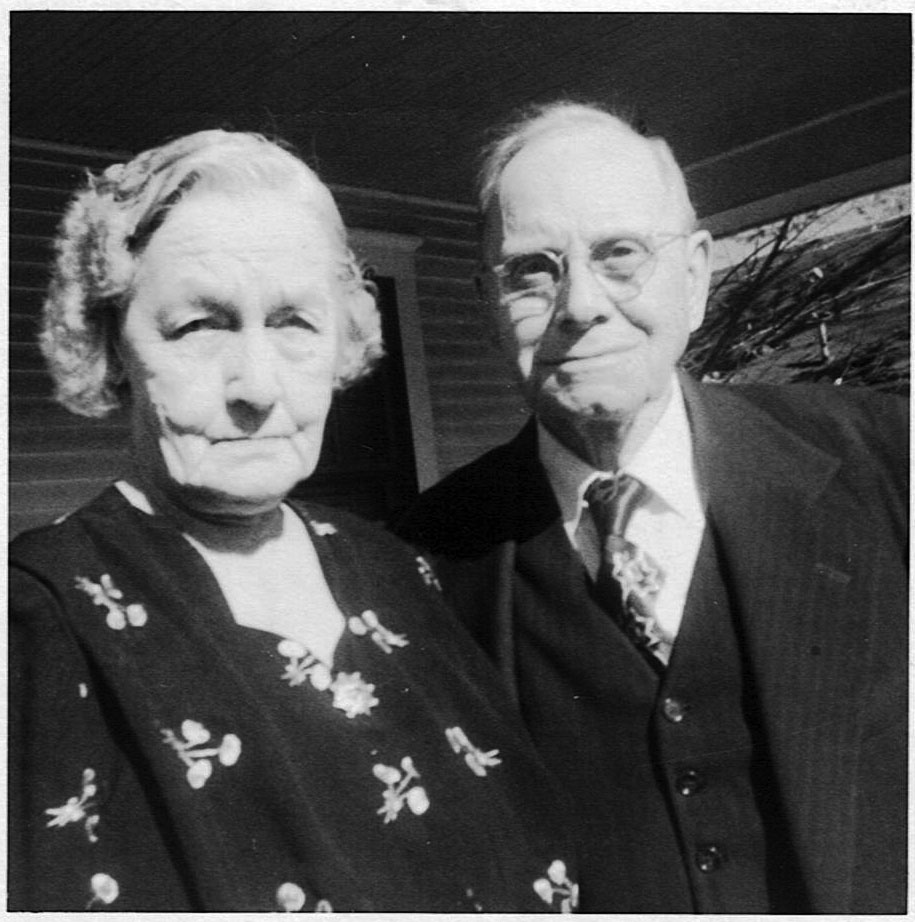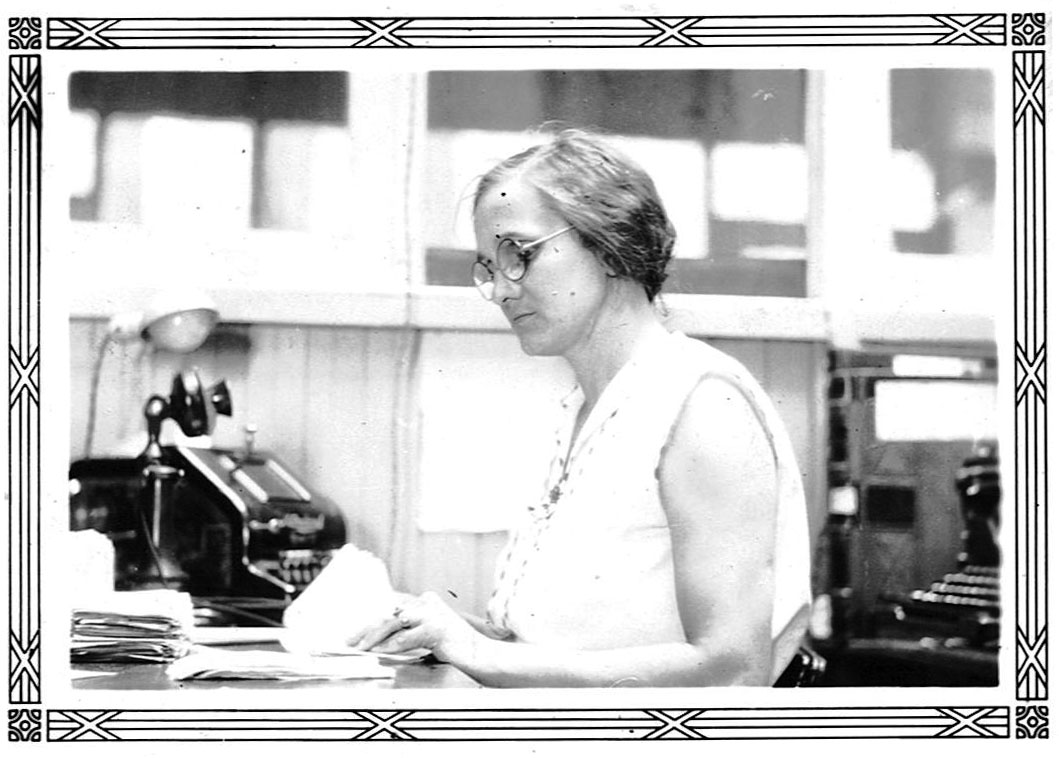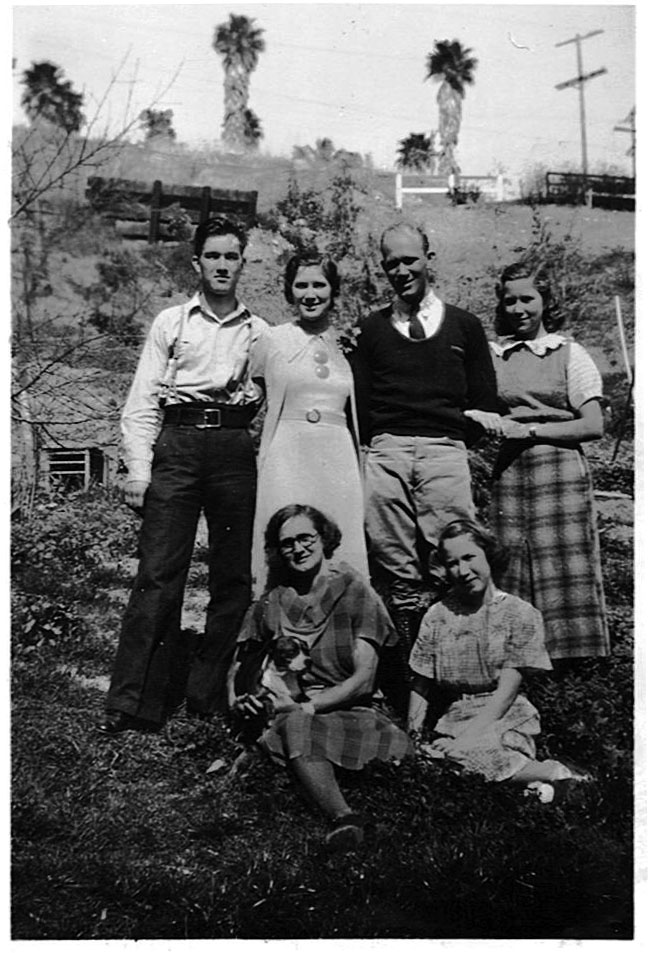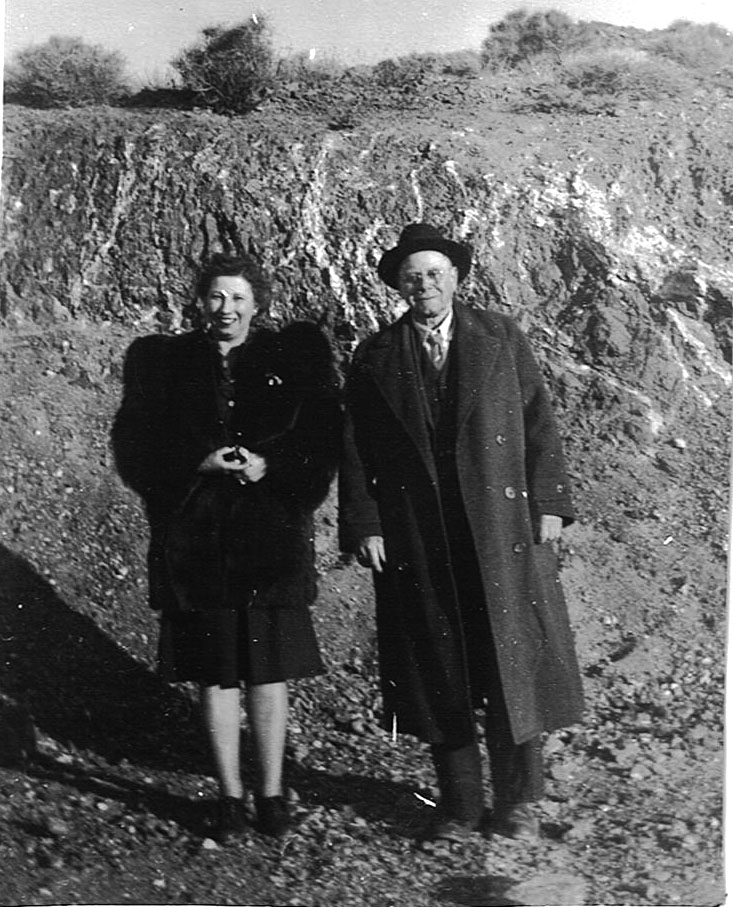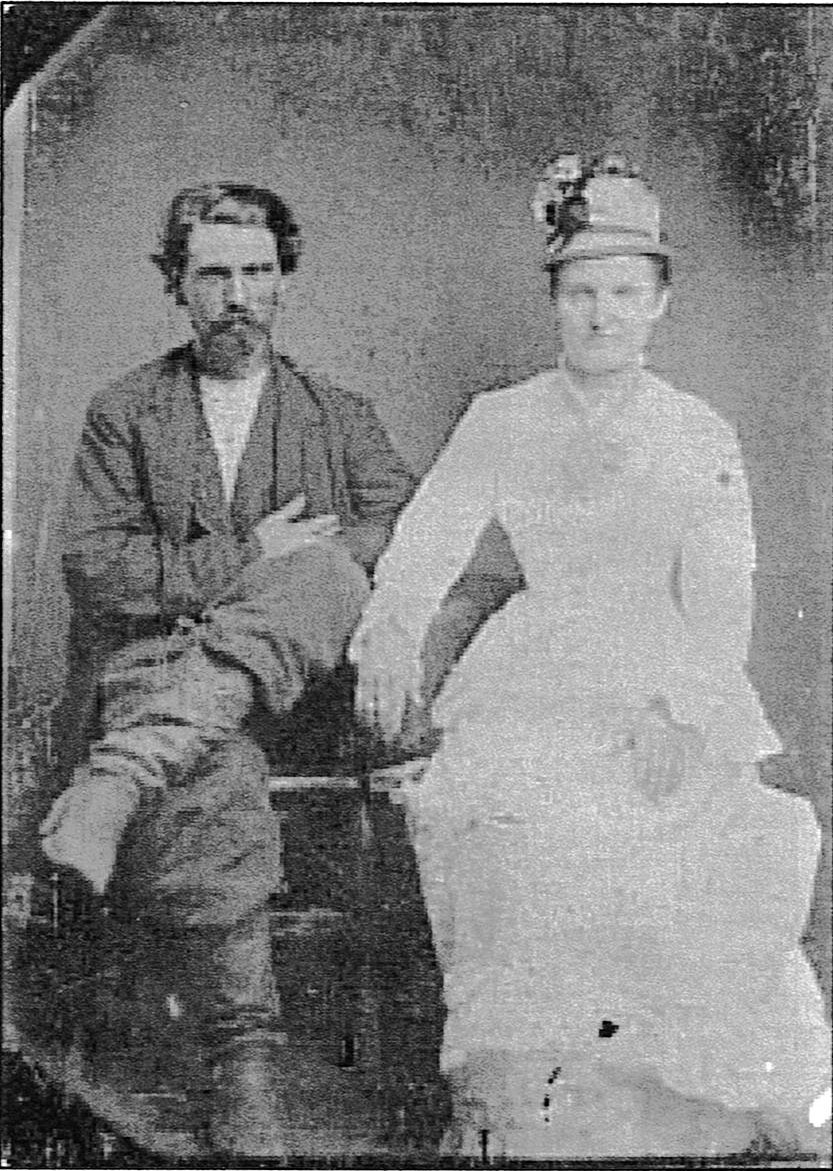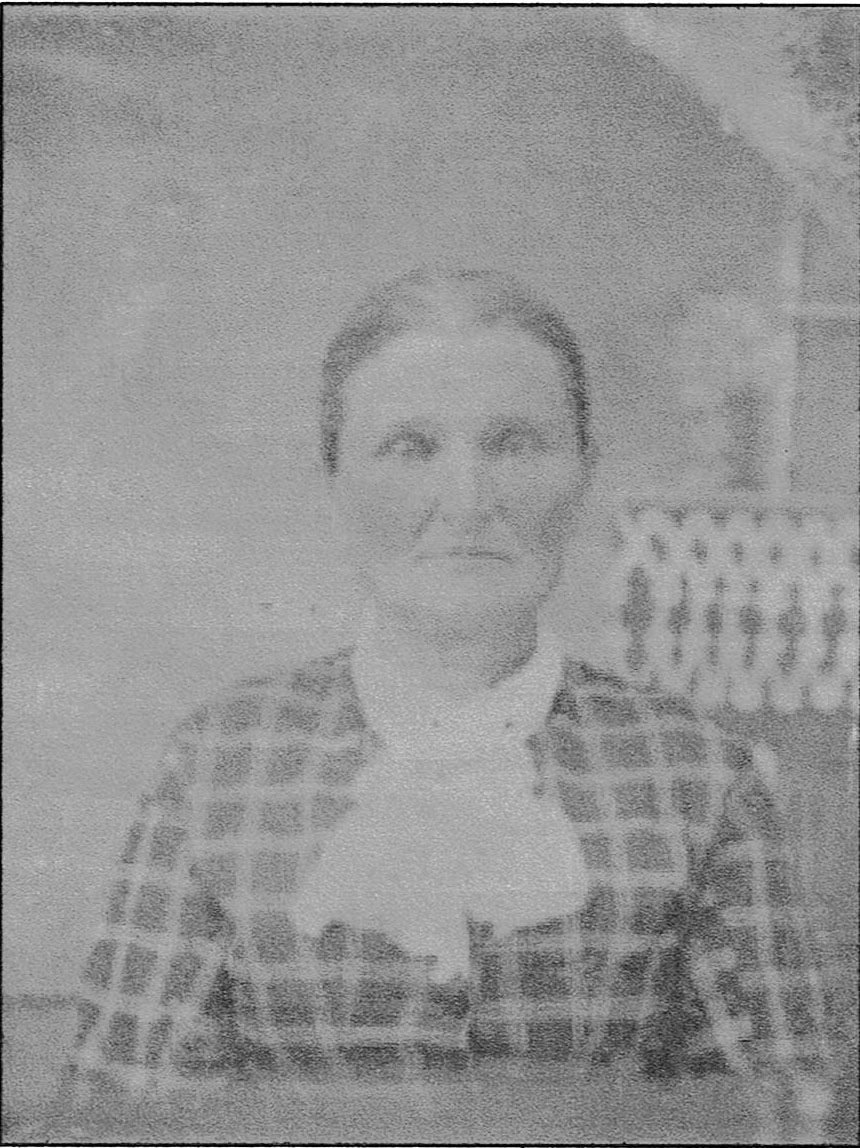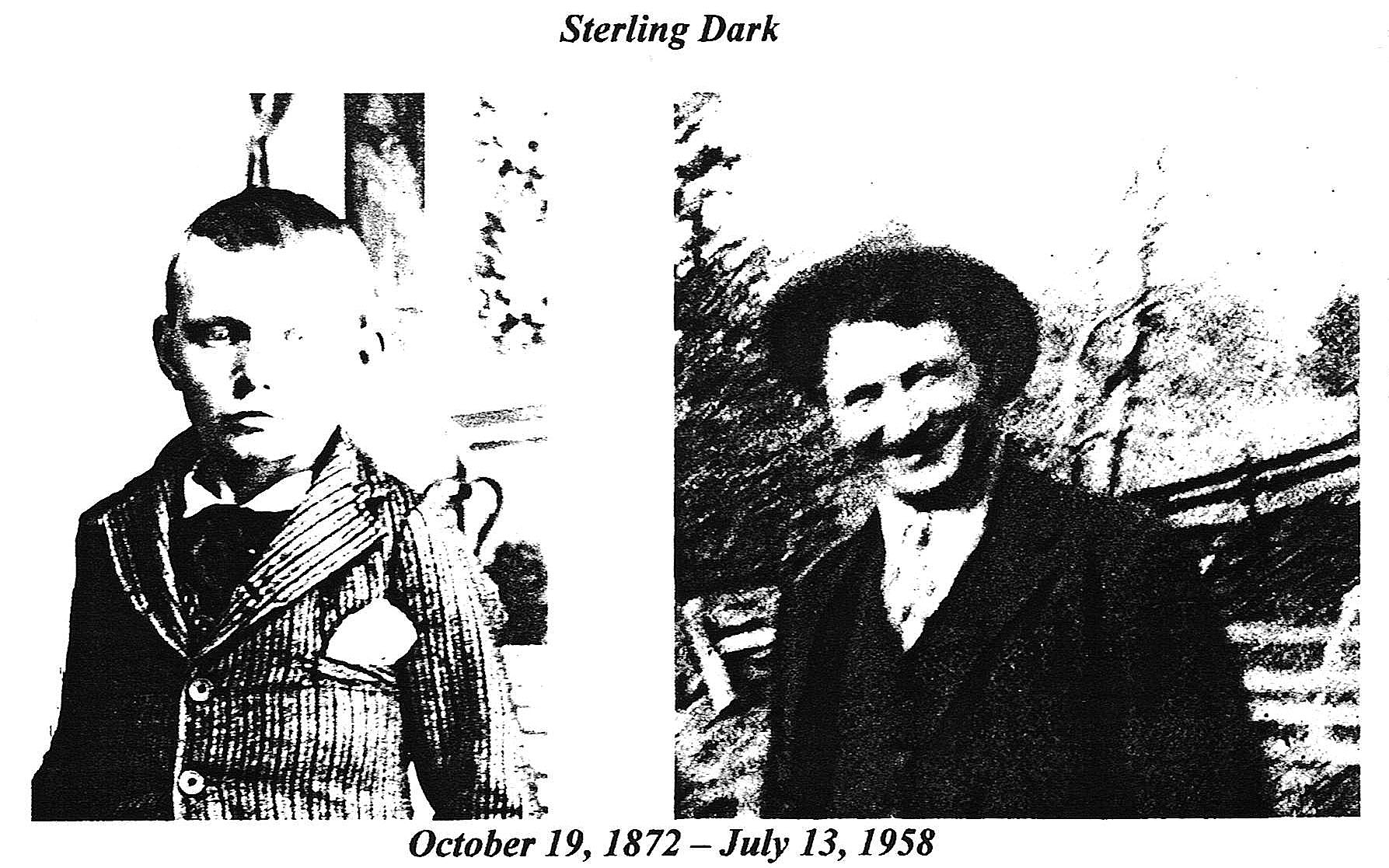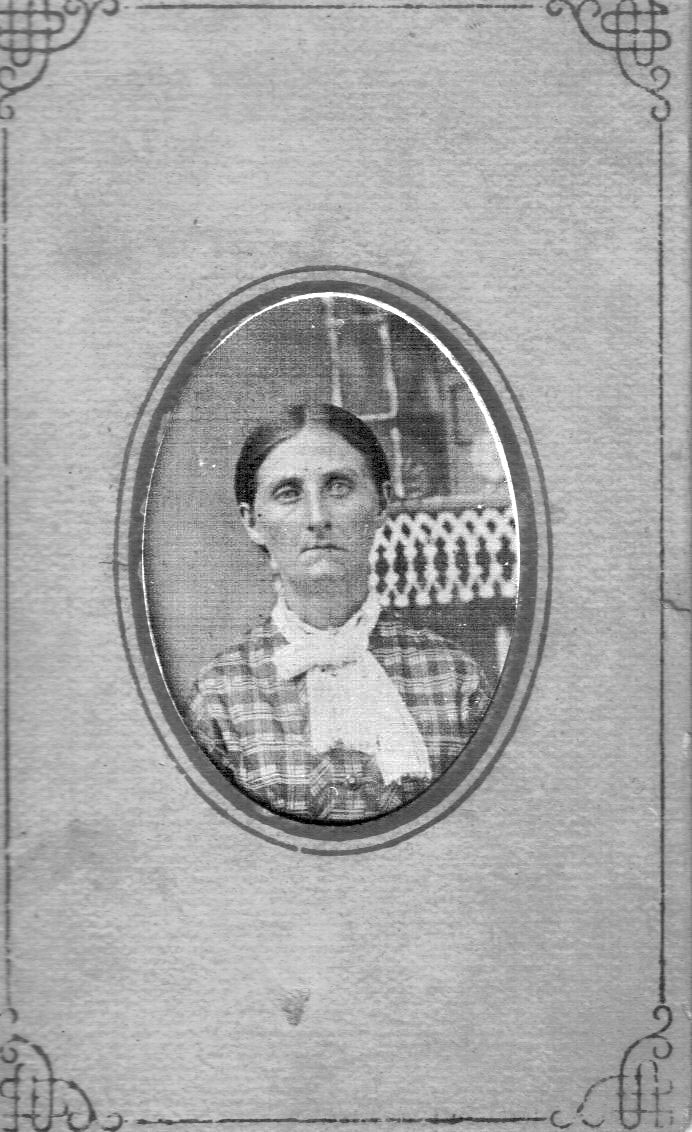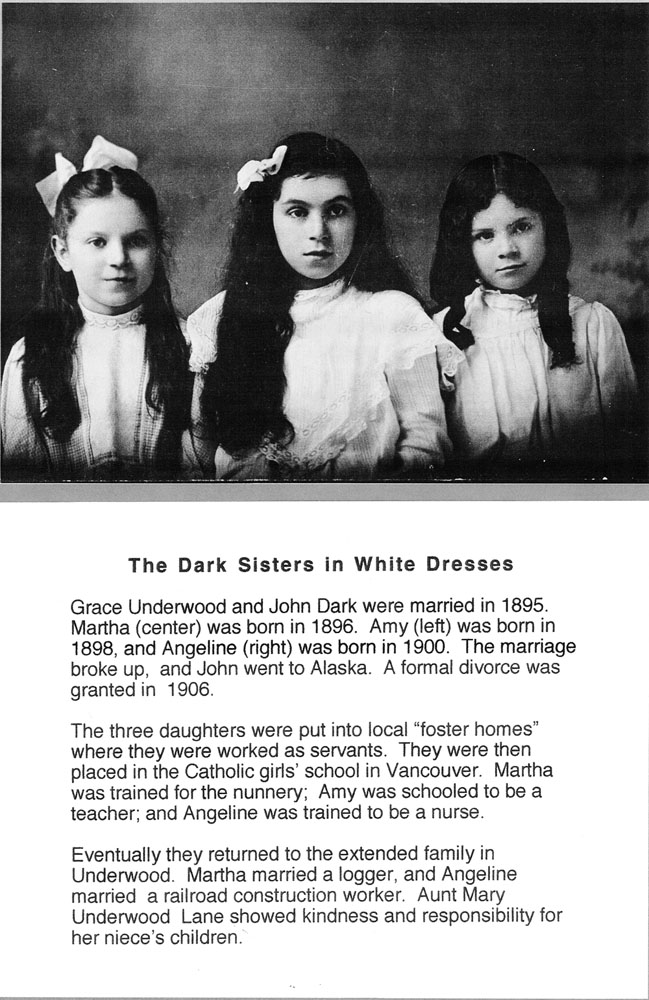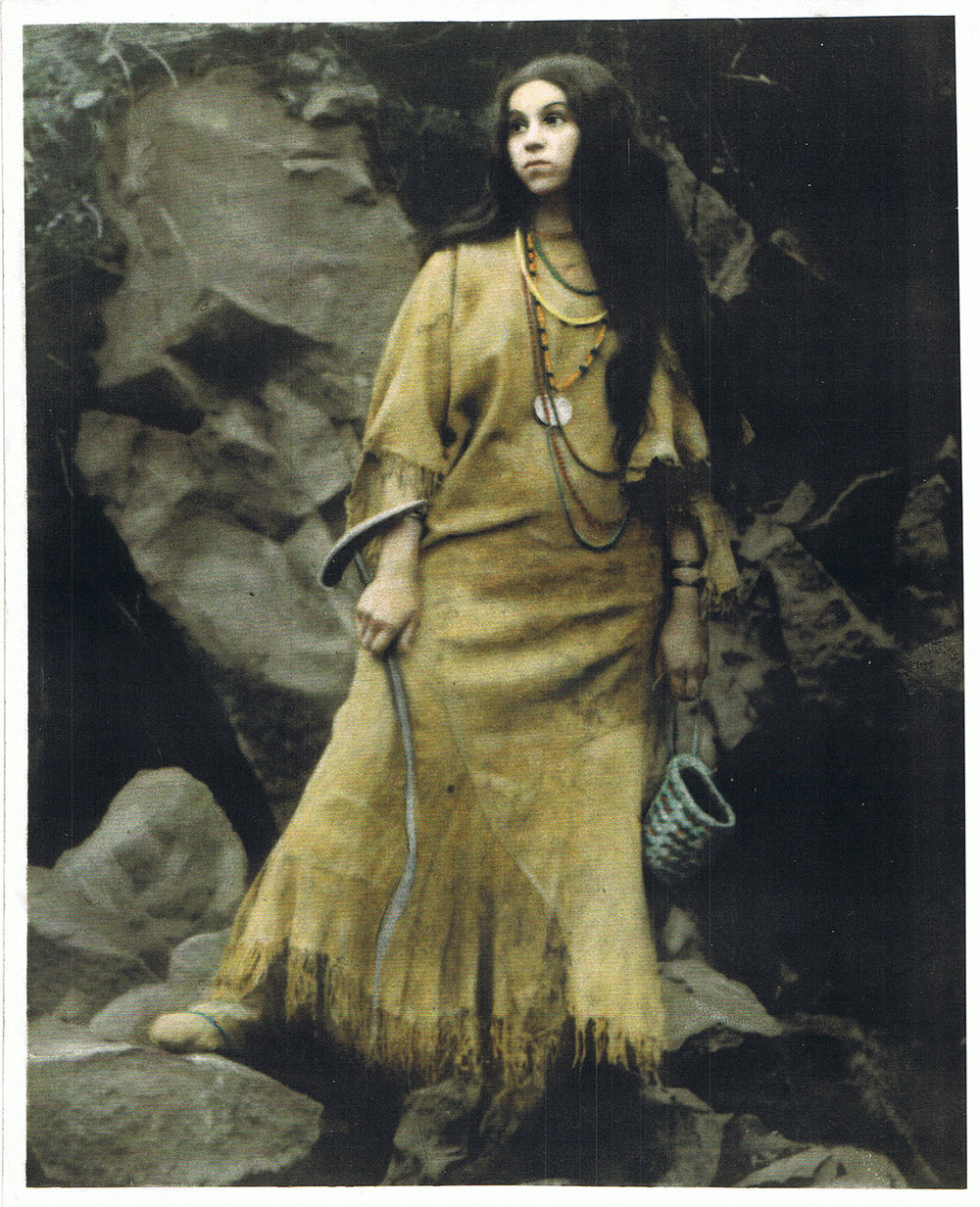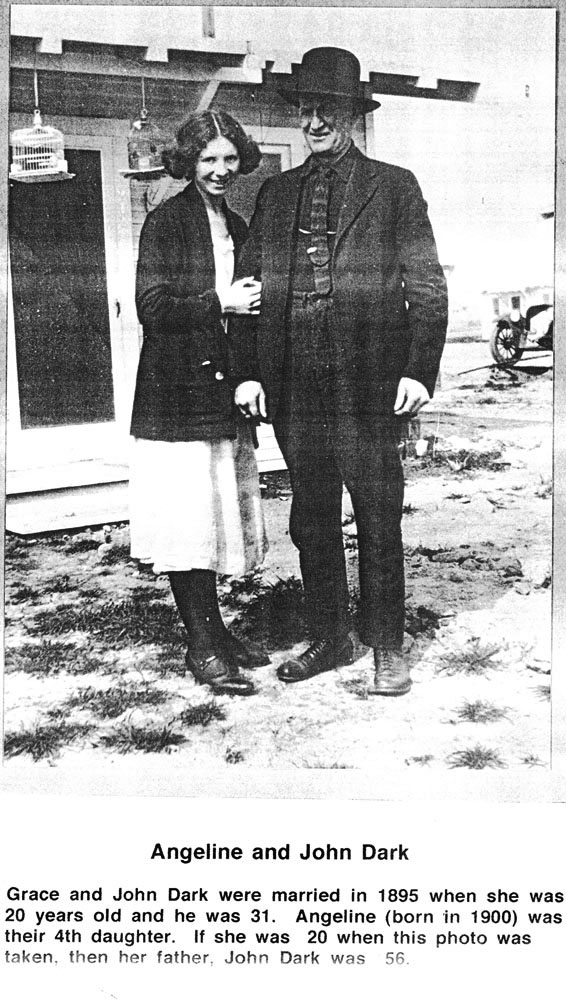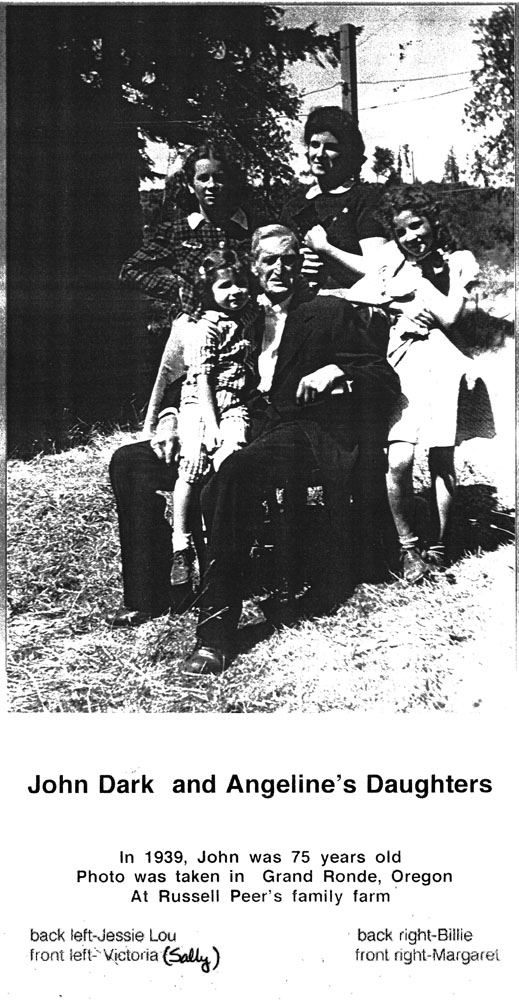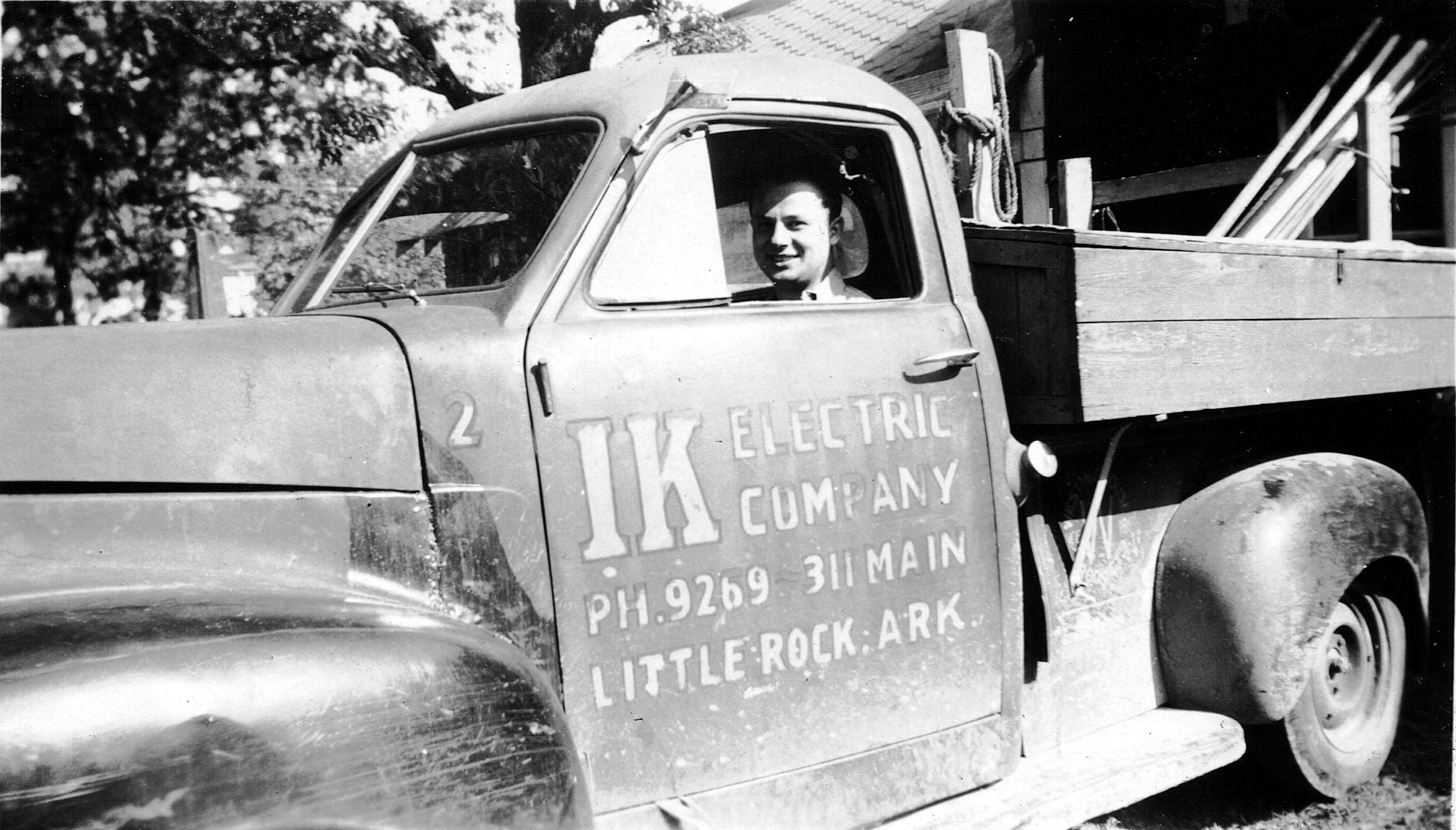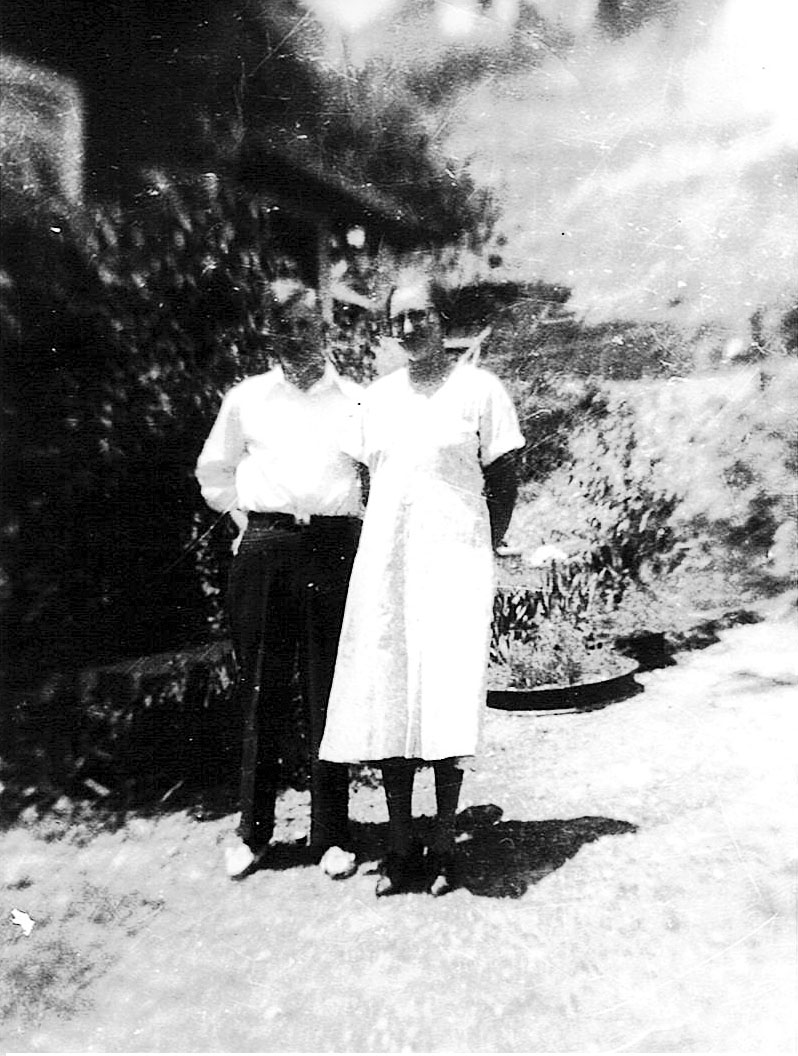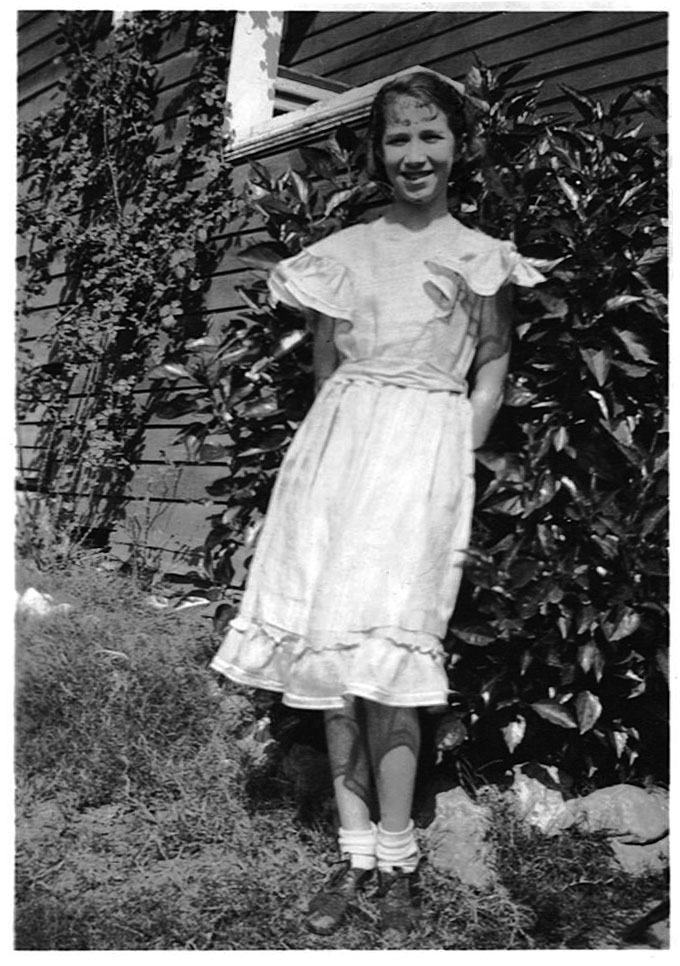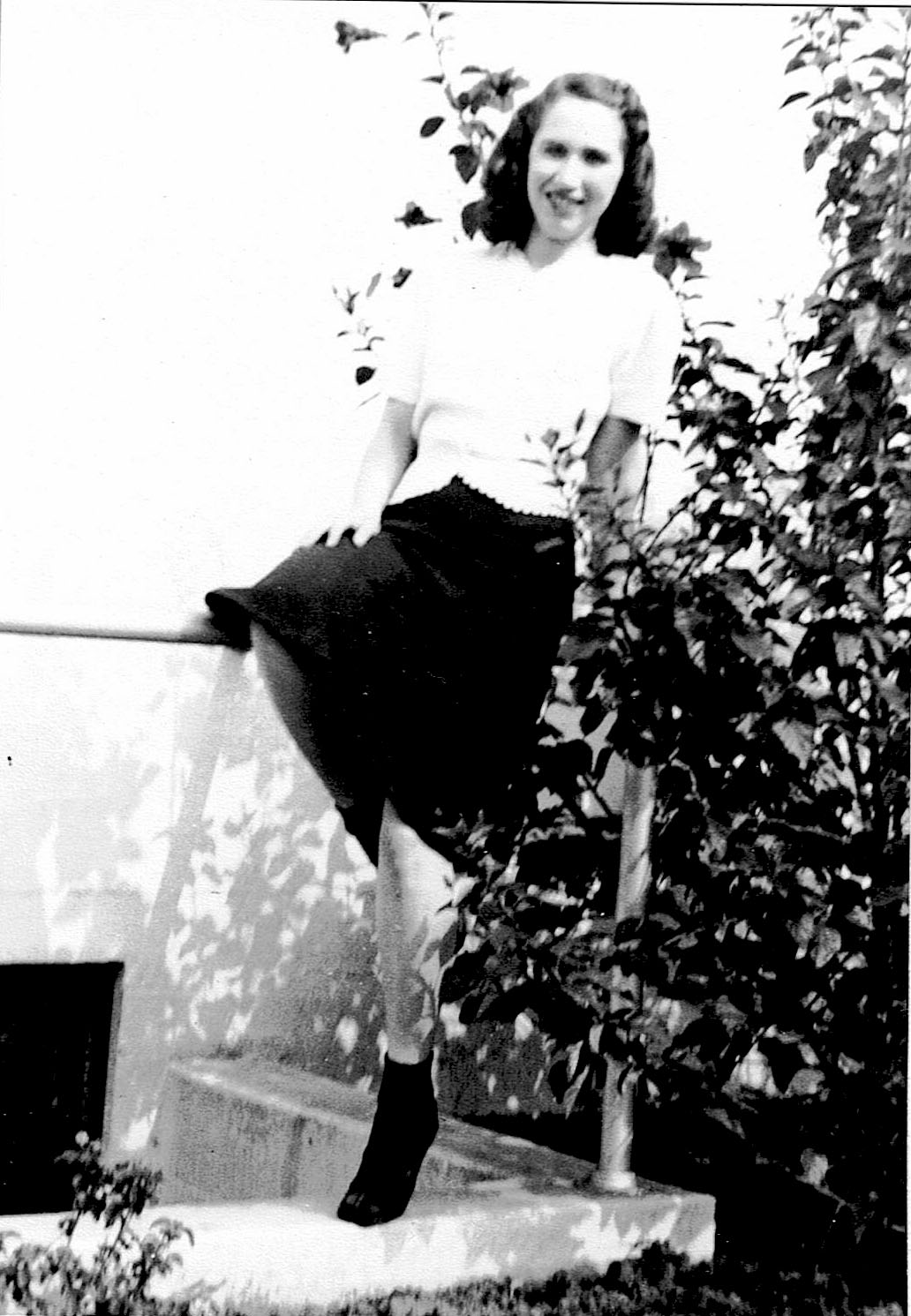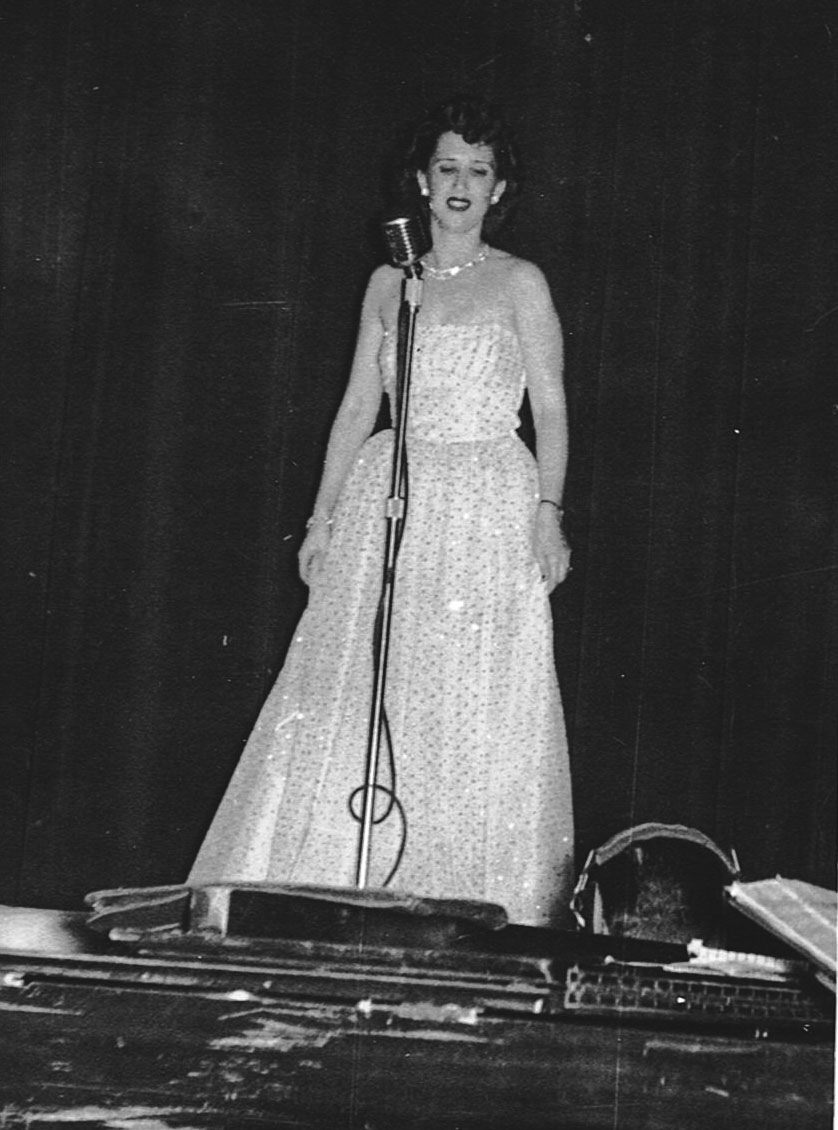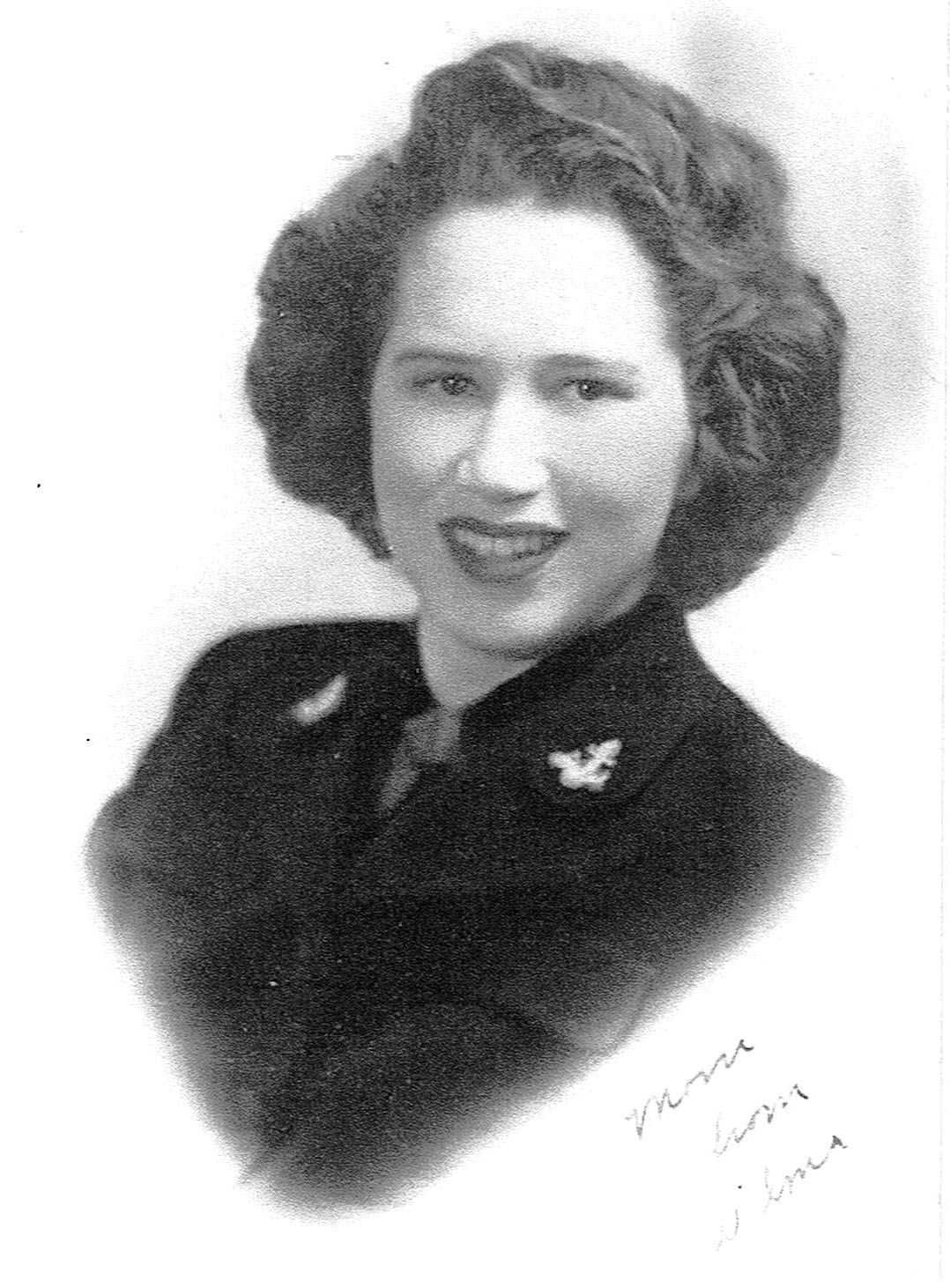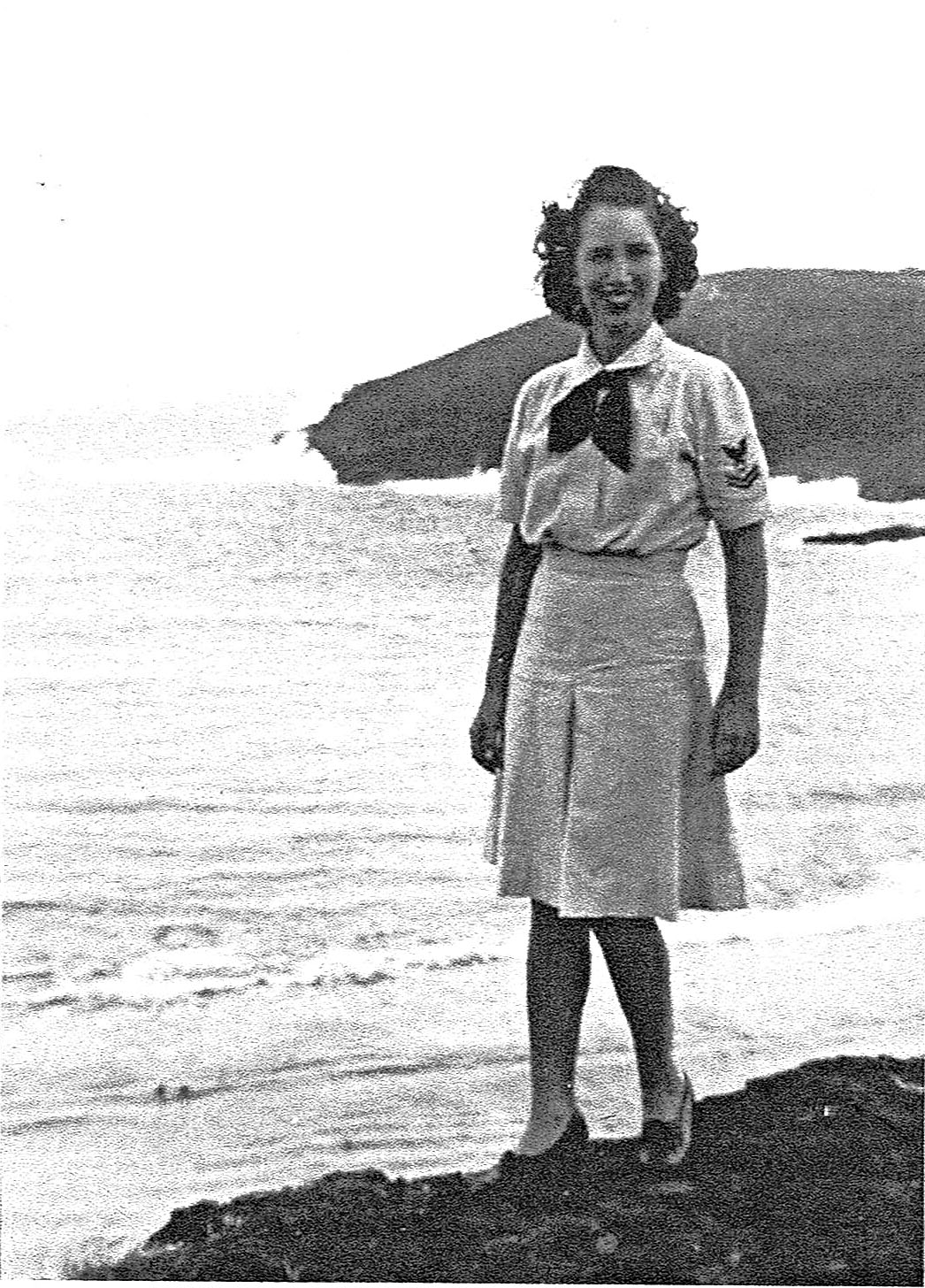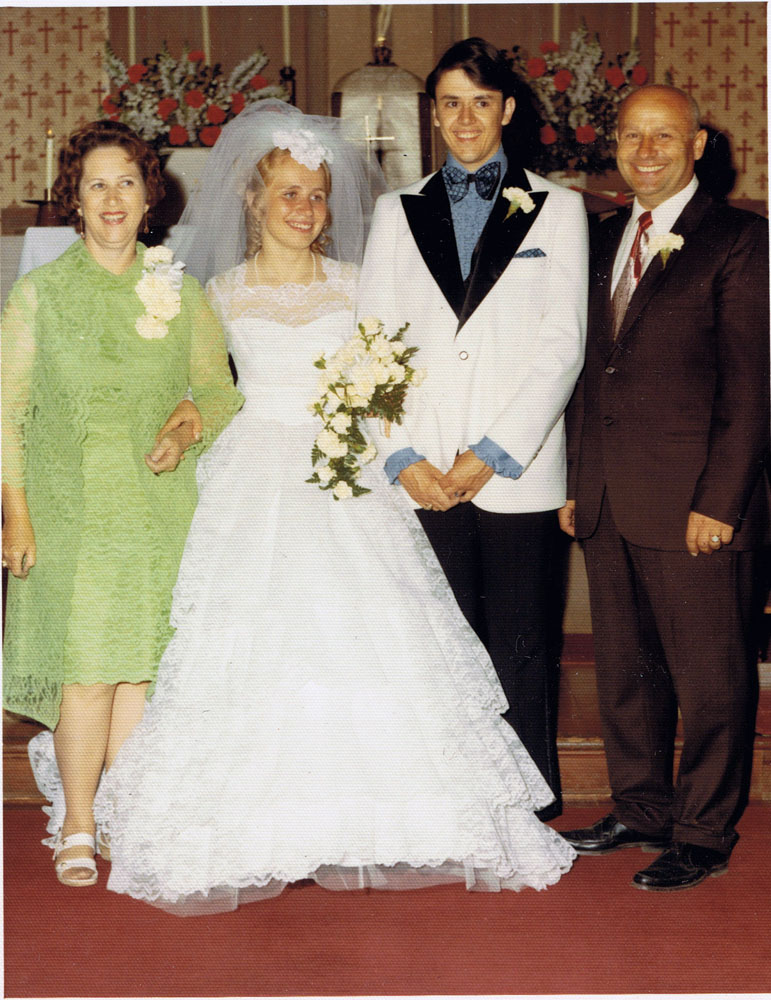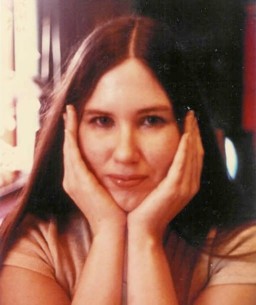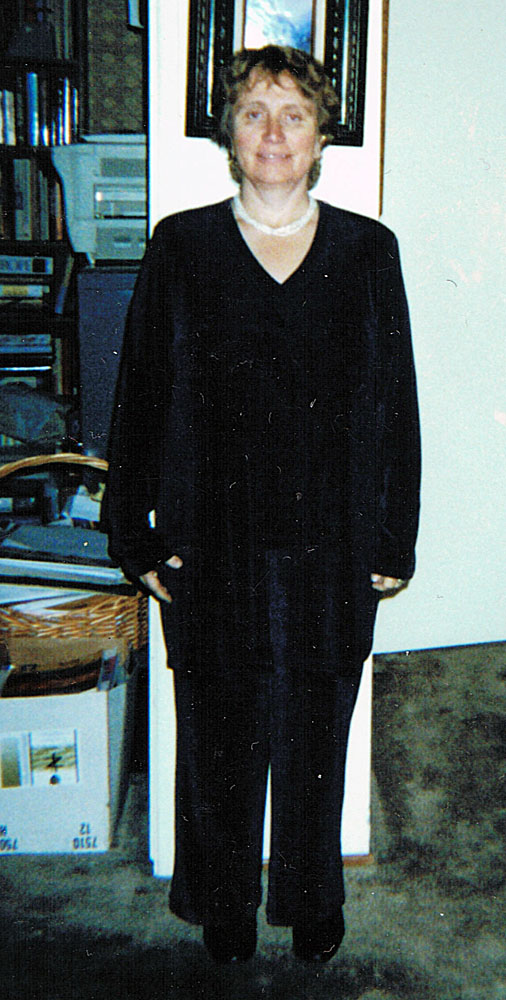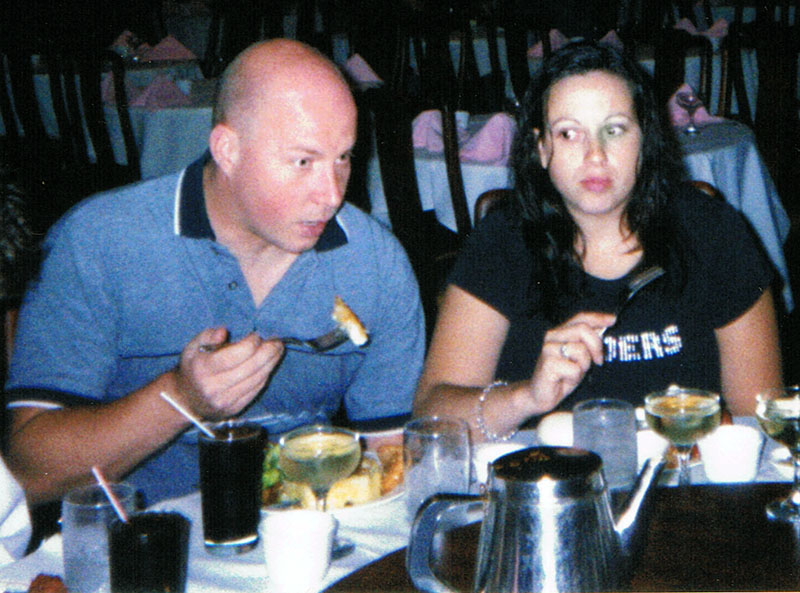Ancestors
|
AmeriCeltic promotes Researching your Ancestors. |
Support our work! |
Click Here to subscribe to our weekly Email Newsletter, and get updates every Friday. |
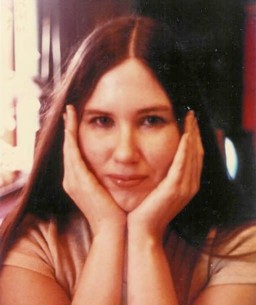
Cecilia L. Fábos-Becker
AmeriCeltic Genealogy
AmeriCeltic promotes awareness and preservation of the full range of Celtic culture and history.
We are not a paid genealogy service. We encourage everyone to do as much of their own research as possible and give them tools to search for Irish roots in Ireland and Scots-Irish connections back to Scotland.
In over fifty years of research into our own Scots-Irish, Irish, Scottish and Welsh ancestry, we discovered many sources and links that are useable by many families. In the past few years we’ve been gathering resources and links to put on-line in one place, here on our website, www.AmeriCeltic.net to make it as easy as possible for others doing the same kind of research we have to find their own families.
To that end I have written a book, Ancestry & DNA, Family History Research: Beyond the Basics, to help all Americans find their origins, and especially Celtic Americans. Click Here to Download my Book.
Many Celtic Americans had Scots-Irish ancestors who came to this country from about 1685-1745. These Scots-Irish spent a generation or more in Ireland between Scotland and the U.S. If they are trying to find their Scottish ancestors and shires and villages/towns from which they came, it is usually helpful to know who and where the intervening ancestors were in Ireland.
If all you want is a general idea of what part of Ireland your surname was found in the early 20th century, Barry Griffith’s Surname Maps, taken from the 1901 and 1911 census data can answer that question with just a few clicks.
We have been focusing on the 17th and 18th centuries’ (and for some the 16th century’s as well) Irish records. For instance, we have put on-line, families and the counties and parishes in which they resided, found in the 1659-60 still existing hearth rolls, Scots families listed in the original plantation grants of Ulster, and have links to county and other resource sites that identify leading Scots Covenanters. On www.AmeriCeltic.net/documents we have a link to the thousands of 1641 rebellion depositions and claims held at Trinity College in Dublin, Ireland, in which family members, neighbors, and rebels are identified and the locations in which they lived. We have a copy of Pynnar’s 1629-30 Census of the Ulster Plantations/counties, and a copy of John O’Hart’s Supplement to the Pedigrees of Ireland , with the lists of Cromwell’s soldiers ‘and other adventurers’ who acquired land in Ireland between 1649-1662.
We can also do look ups from materials in our library (See www.americeltic.net/sources#personal), which, because they are not yet out of print, or too large for us to easily upload, we cannot put on-line. We additionally do look ups from my existing files and published materials on several families: notably Wallace, Woods, Campbell, Ross, Dunlap, McCormick, Bruce, and Ramsey. There is no charge for a single look up, but for more extensive efforts, a donation to AmeriCeltic.net would be appreciated.
Additionally, we have links to and some source materials for Virginia colonial Scots-Irish families, e.g. a direct link to Chronicles of the Scotch-Irish by Lyman Chalkley, a 3-volume set of abstracts of most of the county records for Augusta County, Virginia, and partial records for four daughter counties, since thousands of Scots-Irish, Scottish and Irish families spent a few years to several generations in this area as they spread southward and westward over time.
We welcome contributions of other links that emphasize primary and valid secondary source materials that people have found very useful in tracing their Irish and Scots-Irish lines
We also have a weekly AmeriCeltic newsletter, and events calendar that covers much of northern California, for those who want to enjoy music and other Celtic events that are part of Celtic culture and history, and we welcome contributions to both. We promote a fair number of the Irish, Celtic, and Scottish Festivals and Games around California, among the hundreds of cultural activities available to enjoy or in which to participate.
Feel free to send me an email at celia.lfsbecker@gmail.com
Cecilia Fábos-Becker
Scots-Irish Emigration
Here is why many Americans are a blend of Scots-Irish, Anglo-Irish and English, and why, to find their ancestral roots in Scotland or northern England, first family researchers must trace their families through the generations that lived in Ireland.
Not all Scots-Irish families were the same size, nor did all these families have many members who needed to leave Scotland for something other than being on the wrong side of a major political issue. After losing the battle of Flodden Field in 1513, Scotland was reduced in size and amount of arable land, but the disputed Scottish-English border was settled. Some smaller clans who lived between larger clans were also being squeezed out. What had been formerly claimed by Scotland and was now annexed to the rest of northern England, was not much better in climate and fertility than most of Scotland. The large split border clans and families were experiencing some of the same growth difficulties.
At the same time, of the Scottish clans and Anglo-Scottish families of northern England were experimenting with new and more crops and improving the quality of livestock. Overall, the population of Scotland began to increase. The leaders of larger, more populous clans needed additional land to accommodate this growth.
Meanwhile, the treachery and rebellion of the three Irish earls, in the late 16th and first few years of the 17th century offered opportunities for expansion and growth in Ireland, as thoughtout Europe, law and custom of the time required the defeated to forfeit their lands. This applied equally to the lands of these rebellious earls, as well as he lands of all their feudal subjects who had been forced to follow them.
In broad terms, McDonalds, and their allies and supporters were mostly in Antrim, where they had always held lands even when a large number had moved to Scotland. O’Donnell and McDonnell/McDonald are all one and the same, the last direct lines of the ancient archipelago kingdom of Dalriada that included northeast Ireland and a substantial part of western Scotland as well as the numerous islands between. These families also held land in what is now northern Sligo and Donegal.
Other Scots settled the other Ulster counties: Down, Armagh, Tyrone, Coleraine (later merged with the London owned Londonderry, now called Derry), Fermanagh and Donegal. North English, and Normans had been settling the eastern and southern counties, some as early as the 12th century when the king of Leinster had first begun importing mercenaries. Other than the McDonalds and allies and mercantile lowland coastal Scots families, most of the large plantation settlements of Scots began with James Hamilton, first Lord Claneboy and Sir Hugh Montgomery, Laird of Braidstane, a cadet to the Earl of Eglinton. These two and their extended families were largely Ayrshire families. They settled in County Down and brought a branch of the Campbells with them.
People usually think of the Campbell family as exclusively from Argyll, with the exception of the wayward, often considered black-sheep branch of Breadalbane, and the smaller branch of Cawdor, that once even was more English than Scottish. However, there has long been a large Campbell branch, the house of Loudon, descended from the second son of the Lord of Lochawe, before his line became “Argyll,” in Ayrshire. The house of Loudon eventually attained its own earldom, had cadet houses, and more cadets to those. The bottom rung didn’t even own land, but was granted a relatively poor piece of leased land along the Ayrshire coast, from the Earl of Eglinton, with whom it and the cadet house above had mercifully for both, become intermarried. That piece of coastal leased land was almost all sand and constantly threatened with becoming permanently submerged in the rising Irish Sea. It was no place to raise a growing family and future generations, unless they were planning on evolving flippers or gills. Neither were most other bottom-rung lands of cadets to cadets of any major house of any large clan. When young Hugh Montgomery, himself laird of a rather insignificant piece of property called “Braidstane,” said, “I’m going to try my fortune in Ireland,” his younger Campbell of Skeldon in-laws were only too happy to say, “Can we join you?” They all embarked from Portpatrick and arrived at what they built into the port of Donaghdee between 1605 and 1607.
One of the items on our documents webpage, ‘Intro. Extracts from the Campbell of Skeldon and Caldwell Collection‘ covers families that were among the earliest Scottish settlements in County Down, is and includes the pedigrees of the most of the Campbells of Skeldon in Ireland, and Caldwell families with whom they had become allied more than once by marriage. They had previously become so allied with Montgomery’s.
Embedded in the introduction to this first set of primary source documents is a link to a second document, ‘Montgomery Papers: 1603-1706‘. This volume consists of compiled papers of the Montgomery’s, Campbells, and other related families or families with whom they had a number of transactions. This link can also separately be accessed under our “sources” webpage. It includes mention of some Irish families who had been allowed to remain as they had not been found to have supported the two leading rebellious earls of Ulster.
We have an additional new link under ‘sources’ to ‘The Hamilton Manuscripts‘. ‘The Hamilton Manuscripts,’ covers, in addition to several Hamilton lines, families of Upper Ards in County Down, including Maxwells and some Wallaces, as well as parts of the Campbells of Skeldon.
Combined with the link to the heritage centre site for Down by Ros-Davies, these several items now comprise a nearly complete group of County Down related materials that cover four generations and more of Scots families in County Down, one of the leading counties for eventual migration of Scots-Irish to the U.S. in the 18th century.
Family Histories Researched by Celia Fabos-Becker
The following family history names are mostly in Celia’s late mother’s family history. They are mostly Scottish, with some Irish, French, Welsh and Native American (from anglicized records, e.g. Sizemore). I continue to research them with the goal of getting all of her lines back to European branches and places where they originated just before emigration. For the Scottish names, for those who passed through Northern Ireland, the point of origin I want is actually Scotland. The completed history will include Northern Ireland, along with the various colonies/states in what is now the U.S., as well as the last place in Scotland. Also, many of the “English,” are actually Cornish or from the Welsh or Scottish borderlands with Welsh or Scottish ancestry.
- English: Arnold, Beebe, Chew, Dark, Hawkins, Knight, Loftus, Marshall, Ray, Richards, Smith, Summers, Tillman, Whaley, Wood, Woods
- French: Lamar, Lemar, Poindexter
- Flemish: Maple, Ulman
- German: Keeline, Ottinger
- Hungarian: Bala, Darazs, Fabos, Garai, Ifi, Katona, Marton, Nyers
- Irish: Collins, Connor, Daly, Fitzpatrick, Kelly, McNerney
- Scottish: Bailey, Brown, Campbell, Christian, Clark, Cloyd, Dunlap, Hastings, Hayes, Hughes, Hutson, Irwin, Kirk, Landrum, Lindsay, McCormick, Miller, Mills, Poage, Randolph, Robinson, Rogers, Ross, Sizemore, Taylor, Thomas, Walker, Wallace, Williams
- Welsh: Copeland, Davis, Evans, Fortner, Griffin, Holloway, Jones, Lewis, Vaughn
If you need more information about this site or have contributions or it, send me an email: celia.lfsbecker@gmail.com
Celia’s Family Trees
I have complied my extensive American Family Trees and I am constantly adding new families and earlier individuals. I have many more individuals` records in my notes and files.
| Celia’s Family Trees | ||
| Surname | # Individuals | Dates |
| Arnold | 19 | 1700 |
| Bailey | 8 | 1880 |
| Brown | 13 | 1610 |
| Campbell | 19 | 1659 |
| Clark | 18 | 1715 |
| Cloyd | 11 | 1720 |
| Collins | 51 | 1612 |
| Connor | 8 | 1826 |
| Darazs | 8 | 1777 |
| Dark | 49 | 1622 |
| Dunlap | 153 | 1630 |
| Fabos | 58 | 1815 |
| Fortner | 13 | 1754 |
| Garai | 34 | 1808 |
| Griffin | 15 | 1808 |
| Hayes | 23 | 1659 |
| Holloway | 17 | 1735 |
| Hutson | 37 | 1843 |
| Irwin | 13 | 1848 |
| Jones | 13 | 1778 |
| Keeline | 9 | 1885 |
| Kelly | 10 | 1750 |
| Kirk | 143 | 1657 |
| Knight | 10 | 1662 |
| Lamar | 28 | 1797 |
| Landrum | 25 | 1692 |
| Lemar | 14 | 1738 |
| Lewis | 25 | 1713 |
| Loftus | 11 | 1480 |
| Maple | 28 | 1723 |
| Marshall | 8 | 1769 |
| Mills | 12 | 1715 |
| Nyers | 16 | 1834 |
| Poage | 18 | 1700 |
| Ray | 12 | 1700 |
| Richards | 9 | 1627 |
| Robinson | 10 | 1689 |
| Rogers | 22 | 1720 |
| Ross | 9 | 1710 |
| Smith | 13 | 1725 |
| Summers | 10 | 1808 |
| Taylor | 23 | 1729 |
| Tillman | 10 | 1825 |
| Ulman | 8 | 1930 |
| Walker | 38 | 1736 |
| Wallace | 228 | 1655 |
| Whaley | 16 | 1816 |
| Williams | 28 | 1815 |
| Wood | 15 | 1620 |
| Woods | 128 | 1620 |
Celia’s Ancestors Pictures
Here are some selected photos from the following American Families. We are constantly adding new Pictures of earlier families and individuals. I have many more individuals` Pictures in my files
Jump to:
Becker
Collins
Dark
Fabos
Lamar
Wallace


